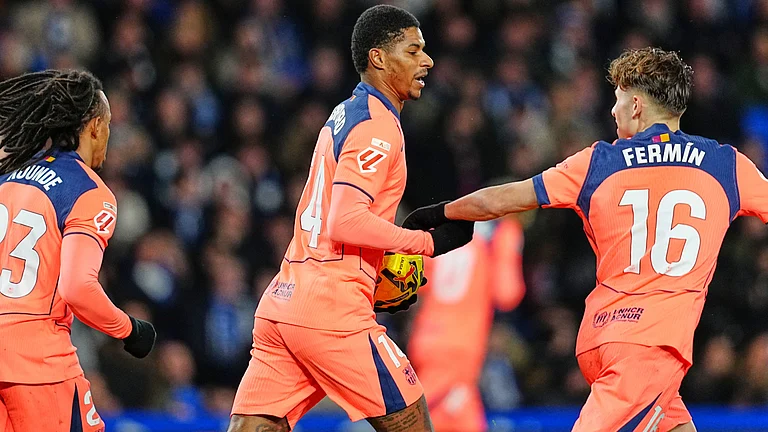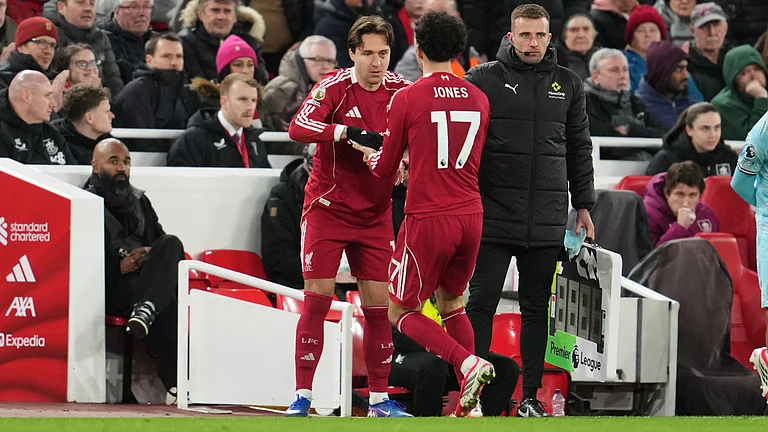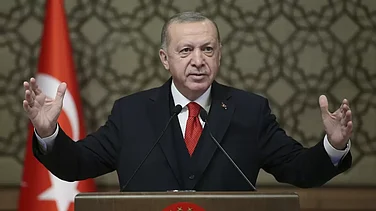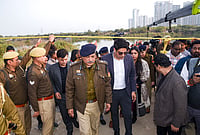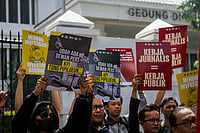As many as 185 incidents of mass shootings have been reported across the United States of America so far in 2023, as per data available with The Gun Violence Archive, a non-profit research group that tracks firearm-related violence with the help of police reports.
Over the last decade, mass shootings have been on the rise in the US, especially in the wake of the pandemic. Even with last year’s landmark gun legislation, the ease of access to firearms in the US remains an ongoing debate. Experts say that most individuals behind mass shootings come from a place of mental trauma, anxiety and paranoia that break into reality, taking a toll on daily tasks and resulting in adverse decisions.
Earlier this month, a 33-year-old man opened fire at a mall in Allen, Texas, killing eight people and injuring several others. The mass shooting, among the deadliest so far in 2023, stirred the conversation around violence again. An investigation is still underway to find out about the motive behind his action.
According to a New York Times report, investigators searching for a reason have found a profile on social media site OK.RU filled with scornful rants against women and Black people, that they believe could belong to the suspect. But investigators have not confirmed anything yet.
In the Michigan State University (MSU) firing in February, on the other hand, the shooter went on a rampage before killing himself. Police had said that he had a history of “mental health issues”. In case of the Monterey Park shooting in California in January this year, police revealed that the suspect was a divorced man, who lived alone, reportedly had no friends, and was angry and resentful.
Meanwhile, in last year’s massacre at a Uvalde school in Texas, the shooter, 18-year-old Salvador Ramos was an isolated individual who became obsessed with school shootings after years of struggling at school and at home. Reports say he received no mental health support.
What Goes On In The Mind Of A Shooter?
According to Dr Jillian Peterson, an associate professor of criminology at Hamline University, and James Densley, a professor of criminal justice at Metro State University, who co-founded a database called ‘The Violence Project’ in 2021, being a mass shooter or a violent offender is “seldom the result of a single factor or event”.
“It is often a confluence of psychological, socioeconomic, social, and environmental factors that boil over to drive violent crimes in general and mass shootings in particular,” Peterson and Densley said.
Loneliness, A Key Factor In Shooter’s Mindset
When people – in general, not just shooters – are lonely, often, they are often overwhelmed with their own thoughts. Over time, this causes the individual to become angry, hopeless, resulting in self-loathing, which sometimes turns outward, according to Dr Jillian Peterson.
“That self-loathing kind of turns outward and it becomes whose fault is this? Who do I blame for the fact that I feel this way? So school shooters blame their school. Workplace shooters blame their workplace. Other people blame religious groups, or racial groups, or women,” she said in a podcast interview with Kim Mills of the American Psychological Association.
According to research conducted at Virginia Commonwealth University, social isolation is one of the most important external indicators causing the attacks.
“When we are isolated from our social circles, we lose that functional component of our loved ones being frank with us when our behaviour might become inappropriate,” said Samuel West, PhD, an assistant professor of psychology at Virginia State University.
Studies show that social interaction is a basic human need – almost as important as food and water. Social isolation, self or otherwise, can lead to a host of other mental health issues like anxiety, panic, depression, behavioural challenges like anger, aggression, and other psychological illnesses. Even social media, which may provide a wider reach in terms of social connections, does not have the depth or complexity of in-person interaction.
It is important to note that while not all shooters have mental health problems, some do. Moreover, such people are often not the perpetrators of violence but rather the victims.
Effect of New “Normal” On Gun Violence
The socially-distanced life during the Covid-19 pandemic acted as a tipping point for the increase of firearm violence in the US. According to the data available on the Gun Violence Archive, between 2019 and 2020, mass shootings jumped by 18 per cent and it has been rising since. There were 417 mass shooting incidents in 2019, 611 in 2020, 690 in 2021 and 647 last year. In the first quarter of 2023, mass shootings have nearly touched the 200-mark.
A study published in the JAMA Network Open Thursday suggests that the stress of the Covid-19 pandemic fuelled the spike in mass shootings as the “sudden and additional psychological and financial strains” — including lockdowns, general uncertainty, fear of death and social isolation— might have helped trigger instability of the mind.
Need For Stricter Gun Laws And Education
In the US, one can walk into a gun store and buy any assault rifle of choice if they are above 18 years of age and have adequate cash. As a result, most homes already have guns.
There is a need to focus on psychological crises and increase research on mass shootings to analyse the root causes of such violence. Addressing mental health issues becomes crucial here as childhood trauma is often the driving force for such violent actions. At the societal level, too, it then becomes important to address isolation across communities to understand the warning signs of potential shooters and intervene before they act.








